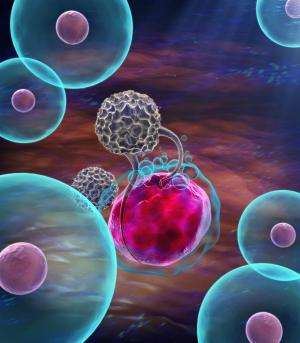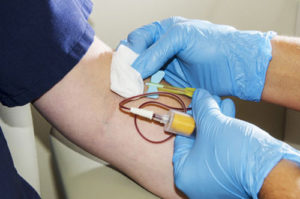According to textbooks, cells of the adaptive immune system must be either B cells or T cells—they can’t be both, or anything in between. But proving once again that nature is full of surprises, scientists have now discovered a novel type of lymphocyte in type 1 diabetes patients that combines characteristics of B cells and T cells. The researchers suggest that these hybrids could play an important role in the disease by encouraging the immune system to attack the body’s own insulin-producing cells, they report today (May 30) in Cell.
“The presence of a cell that expresses both B-cell receptors and T-cell receptors in and of itself is very novel,” remarks Jane Buckner, an immunologist and president of the Benaroya Research Institute, a Seattle-based nonprofit that conducts research on diseases of the immune system. However, more research is needed to establish its role in type 1 diabetes, adds Buckner, who wasn’t involved in the study.
The research team came across the rogue cells while they were looking for a specific type of B cell they had previously studied in the blood of type 1 diabetes patients. Using flow cytometry, they observed cells that present both B-cell and T-cell receptors on their cell surface, and upon further investigation, they revealed that the cells also express genes specific to both B and T cell lineages. These “dual expresser” (DE) cells were significantly more abundant in type 1 diabetes patients than in controls, explains Abdel Hamad, an immunologist at Johns Hopkins University School of Medicine and the senior author of the study.
The team made another unexpected discovery when analyzing the genomes of DE cells extracted from three unrelated people who all had type 1 diabetes. Embedded in the multiple genes that encode the cells’ B-cell receptor, Hamad’s group found a unique sequence that was present in the majority of DE cells. This was unusual, because that particular region of the B-cell receptor sequence is typically very diverse and differs starkly between the individual cells, Hamad explains. Notably, he and his colleagues could only find the sequence in DE cells from type 1 diabetes patients: they didn’t find it in DE cells from a healthy control subject, nor in a public database of 37 million B-cell receptor sequences from healthy participants.







